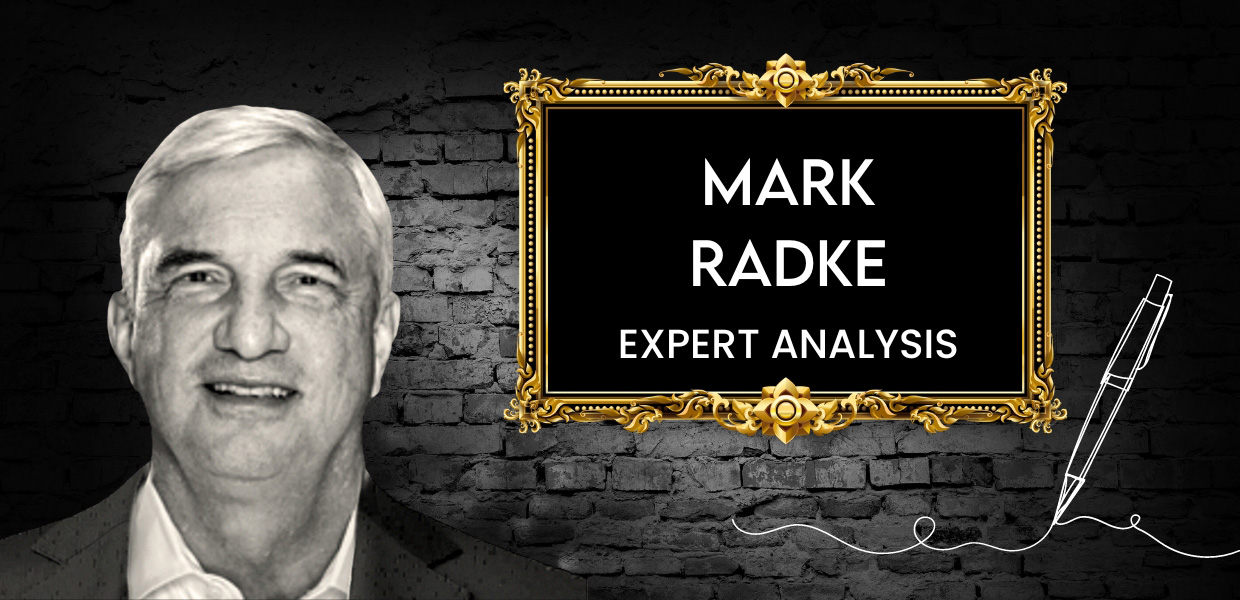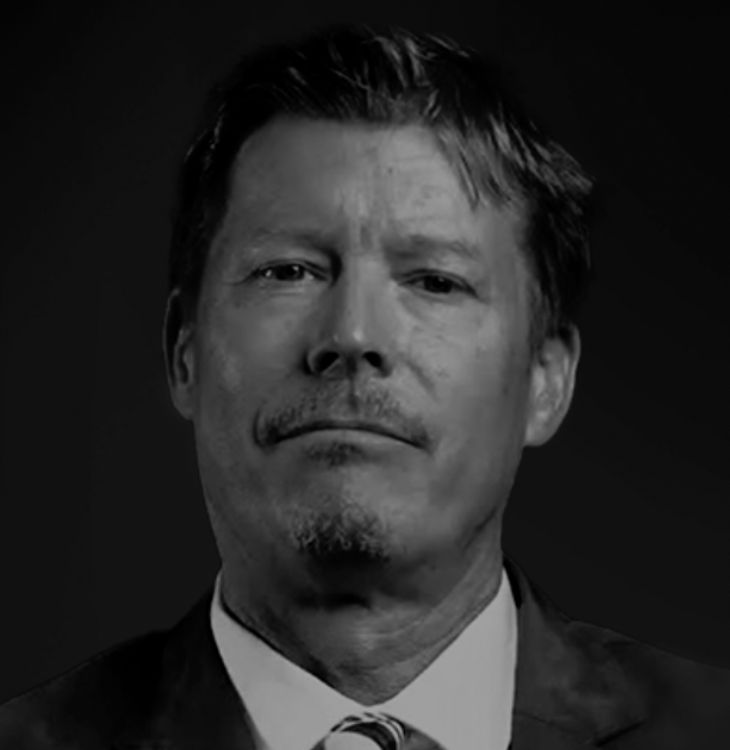Executive Summary
Investment in ESG (Environmental, Social, and Governance) ventures has traditionally been seen as philanthropic rather than profitable, and this has kept ESG ventures on the fringes of big investment. Macroeconomics works by cold hard math, and altruism, while laudable, has simply not been financially viable enough to shift major investments, from public or private sectors, from unsustainble economic ventures like clear cutting forests to those that are both economically and socially just.
But this is rapidly changing. The spiking pressures of the climate crisis and social injustices are pushing policies that are coinciding with math that works: ESG ventures are now being put through the paces of strictly financial ventures, with the rigors of verification, performance records, and ROI targets—and coming out with flying colors. This piece discusses the evolving dynamics in the ESG investment space and how new financial instruments like NatGold™ are making it possible to align ethical investment with financial gain.
Traditional Challenges of ESG Investments
Economic activities are what got us in the climate and socio-economic mess we’re in: whether you want to start from the Industrial Revolution or the post-war spawn of disposable products, short-sighted economics protected by crony policies enabled maximizing profits while ignoing ecological and social fallouts. Appeals to conscience and even the math on the unsustainability of these systems have largely produced only symbolic gestures of appeasement (like a university or a park), but investment in ESG type ventures remained on the outskirts of macro economics largely due to the simple fact that they weren’t financially viable.
Timing is Everything: Design Meets Enabling Environment
Now, we are finlly seeing the fruits of decades of advocacy in financial policies and consumer demands: from organic products to sweatshop investigations to carbon footprint reporting, the space for ecologically destructive and socially unjust businesses is rapidly shinking (think the EU Green Deal of 2020). The advent of the internet, digital cameras and social media has only compounded such scrutiny exponentially, shirnking the space for irresponsible coroporate behavior.
Concurrent with and driven by these changes, the ESG arena has become more financialy savvy: from Silicon Valley to Hyderabad to Nairobi, donors and in-country non-profits have gone beyond technical inovations and recruited business analysts and policy wonks to design ventures that can profit in the most challenging of settings (think Mpesa). From the BEAM Exchange to the Climate Resilience Fund, the explosion of accelerator funds, incubation programs, online market platforms and investment funds targetting ESG services for developing markets have exploded over the last 20 years, and impressive feats have been accomplished.
Still, most of these were philanthropic, with ESG mandates that has profits and viable revenue streams as “nice to have’s,” not requirements, and still heavily dependnt on concessional financing (which is essential, but not sufficient). It is only the recent engagement by global financial bodies like OECD and the World Bank to bolster ESG ventures with the same rigorous metrics as any other financial offer that has opened the door for ESG to traditional financial investors.
Running with the Big Dogs: Making ESG Competitive
While it’s been proven time and again that ‘green economics’ can be pofitable (think Natural Capitalism, published in 2010), the math was never quite robust enough and the policy environment not favorable enough to turn the tide. But recent efforts by agencies like the World Bank and other development finance groups to reframe ESG ventures wth the same rigor as traditional investments is paying off: specifics on performance data, rigorour MRV methods, local market demand numbers and viable reveune streams are now becoming de rigeur in ESG pitches. Fuelled by investor demand for ESG portfolios and this new regulatory pressure, ESG assets under management have skyrocketed in the last decade: the Global Sustainable Investment Alliance reported $35 trillion under management in 2020, up from $22.8 trillion in 2016[1].
Enter Nature Assets
Within this ESG saga, nature assets have evolved as central financial mechanism. Starting out as offsets for polluting companies to comply with carbon reporting requirements (see “green washing”), they’ve progressed to a whole suite of assets with tangible ecologible and financial benefits. Just as the carbon market has evolved, advances in MRV methodology and block chain data have enabled precise valuation of tons of carbon sequestered (or water quality or biodiversity profiles) on par with profit margins.
None of these metrics are perfect, but the major advancement is that ESG ventures are now being considered by big investors with the same rigor as any other, allowing ventures like Varaha Earth, an Indian-Nepali start-up of finance and tech gurus currently managing the largest rangeland restoration project in the world, just received over $8M USD in Series A funding, which the team largely credits to their unique four-point carbon MRV methodology. The project is restoring grasslands, eliminating invasive speces, presering traditional pastoral livelihoods, and generatin revenue from both biochar sales and carbon credits.
Multiple Benefits will win the Day
As investors demand not only financial returns but ESG outcomes as well, the tide is also shifting from “either/or” to “many”: while each asset must be rigorously verifiable, the more an offer has, the more attractive it will be. Nature assets are on the frontier of ESG investments because they offer not only immediate environmental and social benefits, but also competitive financial returns. As these assets become more integrated into global financial markets, they hold the potential to make ESG investments not just an ethical choice, but a financially savvy one as well.
About the Author
Kate Fehlenberg, MPH, M.S., is a distinguished Climate Change and Scaling Innovations Specialist, with a comprehensive background in environmental science, regenerative agriculture, climate resilience, and scaling solutions. Her career showcases significant achievements with organizations like USAID, the Gates Foundation, the US EPA, the Jane Goodall Institute, Plan International and FHI 360 highlights her skill in climate-smart agriculture, public health, and gender equity, reflecting a deep commitment to ecological and social welfare. Kate’s expertise in impact assessment, coalition building and systems change has been crucial in helping communities build resilience in complex cultural and ecological contexts. Her academic credentials are substantial, possessing an MPH from Columbia University in Population and Family Health and Forced Migration, and an MSc in GIS and Sustainable Development from the Georgia Institute of Technology. Additionally, her BSc in Environmental Science and GIS from Samford University enhances her knowledge in natural systems and sustainability.
[1] By Catherine Tinavapi Head of Market Information and Advocacy for Africa and Middle East / August 26, 2022 https://www.africa.com/untapped-africa-a-frontier-for-esg/
Enjoyed this article? Subscribe to NatGold News & Insights for the latest staff updates, expert analysis, exclusive interviews, and updates whenever NatGold is making headlines — all delivered straight to your inbox!
Share This Story!
More Expert Analysis
Executive Summary The Canadian National Instrument...
Executive Summary In an era increasingly focused o...
Executive Summary In an era where sustainability a...
More Expert Analysis
By Jason Williams
By Larry Segerstrom





